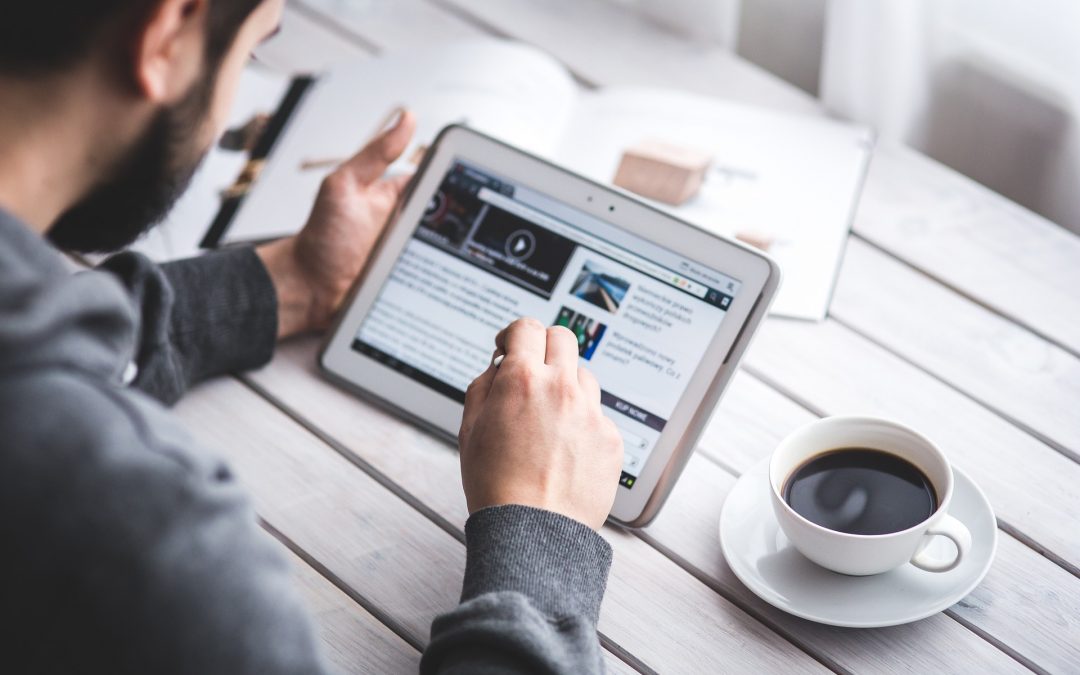It wasn’t enough for you to be a blogger. You wanted to be a traveling blogger – a nomad. Here you are three months later, blogging in a café in Budapest, sipping an espresso. Actually, the espresso has been sitting there for an hour while you worked. It’s stone cold.
For many newbie digital nomads, travel life is not exactly as they imagined. They left corporate life for more adventure and less stress. Turns out life on the road is more work and the money rolls in slower than they expected. Some are wondering how they can make this work for the long haul.
Whether you’ve already started the blogging journey or are sitting in a cubicle thinking about it, there are ways to make nomad life better. Here are 7 tips for digital blogger nomads.
Tip #1: Know Thyself
Writers are sometimes asked whether they are a “pantser” or a “plotter.” Pantsers fly by the seat of their pants. They tend to write with little or no planning. Ambitious pantsers can write a novel without an outline.
Plotters are planners. Not only will they have a detailed outline before they sit down and type “It was a dark and stormy night” — they will create character biographies and relationship maps.
The first rule of adult life (in my humble opinion) is “know thyself.” There is the vision of the ideal you and then there’s the real you. Pantsers can learn to be a bit more like plotters, but they are always going to fly by the seat of their pants. That’s okay.
When you get real about who you are – pantser or plotter – you’ll figure out ways to work that will make you happy.
Tip #2: Choose Apps That Work for the Real You
When you’re traveling, it can be hard to keep track of appointments, to-do lists, and personal reminders. Writers need a place to capture ideas before they are forgotten. (C’mon, you know you won’t remember it.) Plotters will love apps that track it all, such as Planner Pro – Daily Calendar. Pantsers may find it easier to just use the calendar on their phone. In fact, couple your phone with an Apple watch, and your wrist will buzz when a reminder pops up. Save your brilliant observations with the Notes and Voice Memos apps.
Tip #3: Cloud It
Remember when thumb drives were a miracle? You could copy a file to it, visit mom, use her computer to work on it, copy it back to the thumb drive, and take it back home. But boy are those tiny things easy to lose. Today, you can just cloud it. (Am I the first writer to verb that word?)
Using a cloud service like DropBox does four things:
- Saves space on your devices.
- Allows you to work on a file from any device. (I started this article on my MacBook Air and now I’m working on my iPad.)
- Securely stores your data.
- Allows you to easily and securely share files.
If you’re particularly paranoid, use software to encrypt sensitive files before you upload them. Most cloud services offer a free version with limited space. I work with huge InDesign and PSD files, so it’s worth the 99 bucks a year for a Terabyte of digital real estate.
Tip #4: Protect Your Stuff
Nomadic life means carrying your office with you everywhere you go. Laptop, iPad, phone, chargers. For about $50, you can get a high-quality, anti-theft backpack. Find one with a charging port and rain cover. Don’t cheap out on protecting your work.
Tip #5: Avoid Geoblocking
Countries and companies use geoblocking to restrict access to some internet content. You may be able to get Netflix from your Budapest café, but your fave show may not be available. Content varies from country to country. Use a Virtual Private Network (VPN) to get around this restriction. Make sure you select a high-quality VPN that specifically offers Netflix access.
For more tips on working remotely: https://vpnpro.com/blog/how-to-work-remotely
Tip #6: Accidents Happen
Your health insurance in your home country may not cover you when you travel abroad. Buy travel medical insurance. ConsumersAdvocates.org has a list of the Top 10 travel insurance companies.
Tip #7: Your Accountant Will Thank You
Nomads are traveling entrepreneurs. That means tax deductions. You may not know what qualifies, but your accountant does.
Apps like Mint.com help you budget, track, and categorize your spending, You link bank and credit card accounts to it. Every couple of days, take five minutes and categorize your transactions. Even this pantser can do it. At the end of the year you can generate a report, upload it to the cloud, and send your accountant a link to it. Bonus: I’ve discovered fraudulent transactions using Mint.com.
You can make this nomadic blogger thing work. Be real about who you are and select tools that support your chosen lifestyle. Now go get a fresh espresso.

